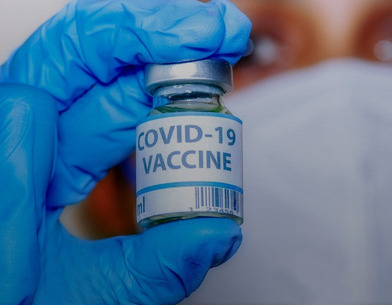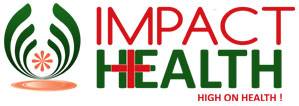Logistics and training human resources would be critical to ensure success of Vaccine Programme: Report
Rolling out COVID-19 vaccine for over a billion Indians requires an unprecedented level of preparation and implementation. The roll out is expected to be taken up in phases basis clearly defined criteria for determining eligibility and prioritization of potential recipients.

According to a FICCI-EY Report, training and grooming cadres of staff at different healthcare levels would be a critical component. It will require Public Private Partnerships (PPPs) at different levels and large numbers of skilled manpower not only for vaccinating people but also for reporting adverse events, if they happen post-vaccination. “Estimating the scale of vaccination in phases and accordingly preparing logistics and training human resources at different levels would be critical to ensure success and sustainability,” said the Report.
“Mass awareness campaigns would be necessary to build traction and educate the intended beneficiaries about the dos and don’ts, frequency of dosage, benefits and possible adverse effects of COVID-19 vaccination,” it said.
Technology will play a critical role in all stages of vaccination process. The Union Health Ministry plans to develop a unique ID for each beneficiary to record completion of vaccination. It also plans to use eVIN system for vaccine management. eVIN is an indigenously developed technology system that digitizes vaccine stocks and monitors the temperature of the cold chain through a smartphone application. Besides this, technology would play a critical role in accomplishing the activities which include
► Training and capacity building: Digital platforms would be needed to host content and
share it with different users.
► Planning process: Use of centralized database of public sector employees and healthcare
facilities to plan sites and teams for vaccination
► Reporting: Applications would be used by healthcare workers to record details of those
who have been provided vaccines. Additionally, dashboard would be required by program
managers at national, state, district and block level to track progress.
► Beneficiary information application: Applications such as Aarogya Setu are needed to
provide regular and accurate information to the beneficiaries about dates and timing of
vaccination campaign, eligibility for vaccination in a given phase, record feedback/adverse
events after immunization, etc.
Protecting India: Public Private Partnership for vaccinating against COVID-19 Page 37
► Vaccine usage against supply: In order to avoid pilferage of vaccines (due to initial high
demand and low supply), it would be imperative to link use of each vaccine with a
beneficiary to ensure complete transparency.
The private sector can support with tracking of individuals and dosages, improving interoperability of public/private systems and developing a national portal for monitoring of vaccines. Private sector can also support in upskilling/ digital training for GNMs, Asha and Anganwadi workers and improving communication channels to reduce misinformation.
India can capitalize on the large private hospital sector and empanel/authorize hospitals and nursing homes (of certain capacity) to inoculate and partner with organizations such as Rotary and Lions Clubs to increase vaccine’s penetration in urban and semi-urban areas.
Overall, we need to create awareness and communication on the vaccine through partnerships with hospitals, NGOs (e.g., Bill and Malinda Gates foundation, Wish Foundation), religious groups and leaders, samajs, Gram Panchayats, unions, Asha and Anganwadi workers to increase the outreach.
